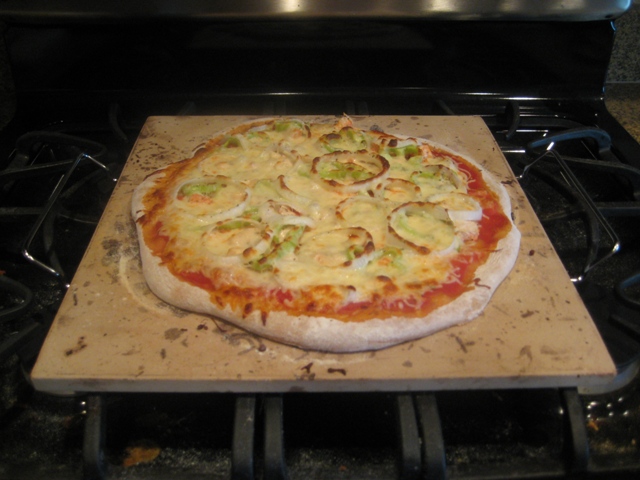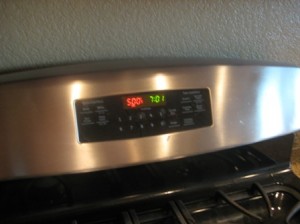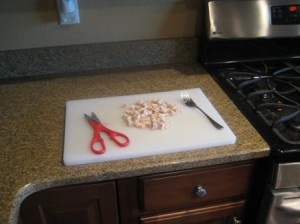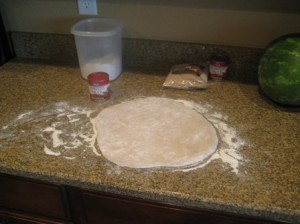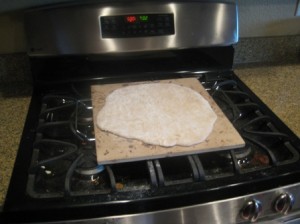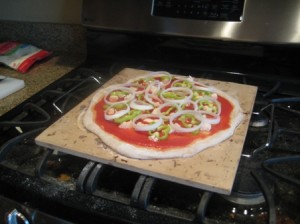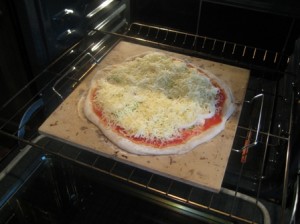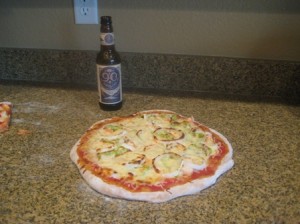With the arrival of A Modern Dad 2.0, we will refocus on newborn issues, while continuing to talk about the trials and tribulations of also raising a toddler. As such, one of the primary anxieties for new parents in the first few days after a newborn arrives is feeding. Is the baby latching on properly? Is she getting enough? When will the mother’s milk come in? Is he hungry? Is she full? These questions are all common concerns, often with no clear and immediate answer. In most cases, this all works itself out within a week or so, and everyone moves on to the next most pressing matter of the day or week.
We would like to talk a little bit about how to manage a very important aspect of feeding in the days and weeks after the milk and/or formula really start flowing…the burp. As a baby gains strength and starts to consume more milk, they tend to take more and more air into their little stomachs. For many babies, air and gas is the root of most evil. This usually leads to fussiness and discomfort, and it often leads to inconsistent sleep patterns as the air and gas cause intermittent pain as it tries to work its way through their little systems. In order to keep your baby comfortable, and keep you and your spouse sane, figuring out how to burp your little one is critical. Here are a few suggestions to hopefully help things go a little more smoothly.
Timing
In most cases, you will want to burp as much as possible, often during feeding at the halfway point, and always after you are done. Obviously, you need to use your own judgment here, but it is usually wise to clear the air from your baby’s tummy when you switch breasts or after every 2 to 3 ounces from a bottle. This will create more room to ensure you little one gets enough nourishment, and it will also help to reduce the likelihood that they will spit up and lose all their hard work. Once the feeding is finished, you will again want to clear as much of the remaining air as possible so it doesn’t cause additional gas problems later.
Positioning
How you position your child for burping will vary from baby to baby and parent to parent, but there are a few tried and tested positions to keep in mind. The first, and probably most common and convenient, is the standard over the shoulder. The allows you easy access to pat your baby’s back, and it keeps them upright with a little pressure on their stomach so the air can work its way up and out, without bringing a lot of milk with it. The second is placing your baby in a sitting position and sideways on your own lap. When a baby is still really small, it can be a bit tricky to properly support their head and body with only one hand (while patting their back with the other), but this has always worked well for me, as the baby’s semi-slumped position tends to bring the air out of their stomach a little more effectively. A third position that you might want to try is laying your baby face down on your lap, with their head resting on one leg and their stomach over the other leg. Support the baby with one hand, while patting their back with other.
Techniques
In addition to the three positions that are commonly used, I often work in a few other techniques that seem to help. For our first daughter, and now our second as well, I have found that while holding them upright on my shoulder, if I lean to my right (the babies left), that often helps release a burp. I also lean the baby (and my torso) forward and back and to the left and right, while bouncing slightly with my knees. This all seems to help work the bubbles to the proper area of the stomach where they can be released up the esophagus. And that, my friends, is how an engineer over thinks the common baby burp.
Back Pats
While burping your baby, it is common to pat their back to help break up air bubbles in their stomachs. It usually doesn’t take much force, so please be gentle with your fragile newborn, and just take your time. Burps have never harmed a baby, and all burps clear themselves eventually. Rubbing the back of a newborn, in addition to or instead of patting, may also be effective for some.
Always Use Protection!
For most of the first twelve months or so, you will want to always have a burp cloth handy. With a backup always nearby as well. Any time you decide to perch a newborn on your shoulder or lap, you are asking for trouble. If you are covered with a burp cloth or a lightweight blanket, you should be able to avoid most major messes. This is especially important when away from your home or traveling. There is nothing worse than having to travel all day with the smell of baby spit up wafting from your shoulder (hyperlink). Trust me.
Queues
Occasionally, you may need to revisit the burping process in between feedings, if your baby becomes fussy. A key queue to listen for is a grunting sound that sounds like your baby is trying to force out some air…because that is probably what they are trying to do. They might also be trying to force something out the other end, or both, but if they recent had a diaper change, then chances are they just need a little help with another burp.
Prevention
For the most part, burping and gas and spit up are just past of the program. There is nothing unusual about it, and as a baby grows and gets stronger, it usually becomes less and less of an issue. However, in some of the more extreme cases of gassiness and spitting up, it might be a sign of other issues like lactose intolerance or food allergies. If you are worried about this, or if it runs in your family, it is probably worth discussing with your pediatrician. Over-the-counter medications such as Mylicon or gripe water might be worth a try. Another issue might be equipment malfunction. Be sure that you are using the proper bottle nipple for the age of your child, and reasonable quantities of milk or formula, so to avoid the intake of excess air.
Sleeping Position
If your baby is really gassy and burpy, sometimes it helps to slightly elevate the head end of their bassinet or crib. This won’t always be possible to do safely, but if so, it might help keep your little one a little more comfortable through a nap or through the night.




